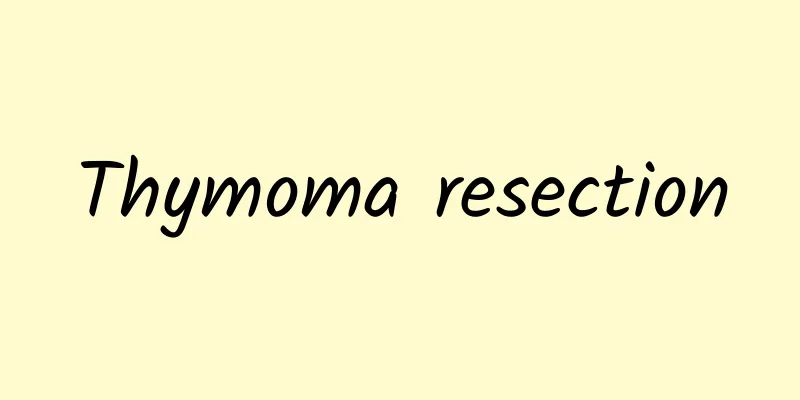Clinical manifestations of shoulder capsule effusion

|
Shoulder joint effusion is also quite common in our daily life. We know that the subacromial bursa, also called the subdeltoid bursa, is one of the largest bursae in the body. When there is inflammatory stimulation or some acute or chronic injuries, it often causes shoulder pain and limits the social activity ability of the shoulder joint. If the condition is more serious, it can also cause atrophy of the shoulder girdle muscles. Clinical manifestations 1. General symptoms Pain, limited motion and localized tenderness are the main symptoms of subacromial bursitis. The pain gradually increases, is more severe at night, and worsens with movement, especially during abduction and external rotation (compression of the bursa). The pain is usually located deep in the shoulder, involving the insertion point of the deltoid muscle and other areas, and may also radiate to the scapula, neck, and hands. 2. Local symptoms: There are tender points in the shoulder joint, under the acromion, greater tuberosity, etc., which may shift with the rotation of the humerus. When the bursa is swollen and filled with fluid, there will be tenderness in the entire shoulder joint area and deltoid muscle. To relieve pain, patients often place the shoulder joint in adduction and internal rotation to reduce the squeezing stimulation of the bursa. As the bursa wall thickens and adhesions form, the range of motion of the shoulder joint gradually decreases and eventually disappears completely. In the late stage, atrophy of the shoulder girdle muscles can be seen.The treatment first involves identifying the primary cause and then administering targeted treatment. Treatment in the acute phase includes rest, anti-inflammatory analgesics, physical therapy, acupuncture, and placing the affected limb in an abducted and externally rotated position. Local injection of steroid hormones has a better effect. It is recommended to take oral non-steroidal and muscle-relaxing and blood-activating drugs, combined with local hot compresses, microwave therapy, massage and other treatments, while also applying local immobilization and triangular bandage suspension. Remember to apply immobilization during these days and do not exercise. Perform functional exercises after the symptoms disappear. In addition to the above-mentioned therapies in the chronic stage, emphasis should be placed on rehabilitation treatment that does not increase pain, mainly to restore the movement function of the shoulder joint on three axes. For those who fail to respond to conservative treatment, surgical treatment may be considered, including bursectomy, scraping of calcified foci of the supraspinatus tendon, resection of the acromion and coracoacromial ligament, and other plastic surgeries. |
<<: What causes pain in shoulder joint?
>>: What is the reason for the white spots on the toenails?
Recommend
Why is my stool always unformed?
There are many reasons for loose stools. Normal s...
How long does it take to boil Astragalus?
Scutellaria baicalensis is a very good Chinese he...
How to stand with lumbar disc herniation
Lumbar disc herniation is very troublesome for yo...
The efficacy, function and consumption method of ginseng
The medicinal herb Codonopsis pilosula is quite c...
Can eel blood cure facial paralysis?
Eel is a relatively delicious food and is popular...
What causes gout?
Gout is one of the more common diseases in our hu...
How is rheumatoid arthritis treated? Rheumatoid therapy
Rheumatoid arthritis is becoming more and more co...
The role of bile
"肝胆相照" is an idiom, which shows that th...
Precautions for sepsis in the elderly
The main cause of sepsis is that the body is infe...
What are the best treatments for lumbar herniation?
Lumbar spine problems are a disease problem that ...
Can truffles be soaked in wine?
Truffle is a very famous fungus ingredient in our...
What to do when wisdom teeth hurt
Many people have had wisdom teeth. If you have wi...
Why did my period become irregular after IUD removal?
Many women wear an IUD when they don’t want to ge...
Tips for numb feet
Numbness in the feet can be said to be a common s...
What to do if your feet are itchy and peeling
There may be many reasons for itching and peeling...









